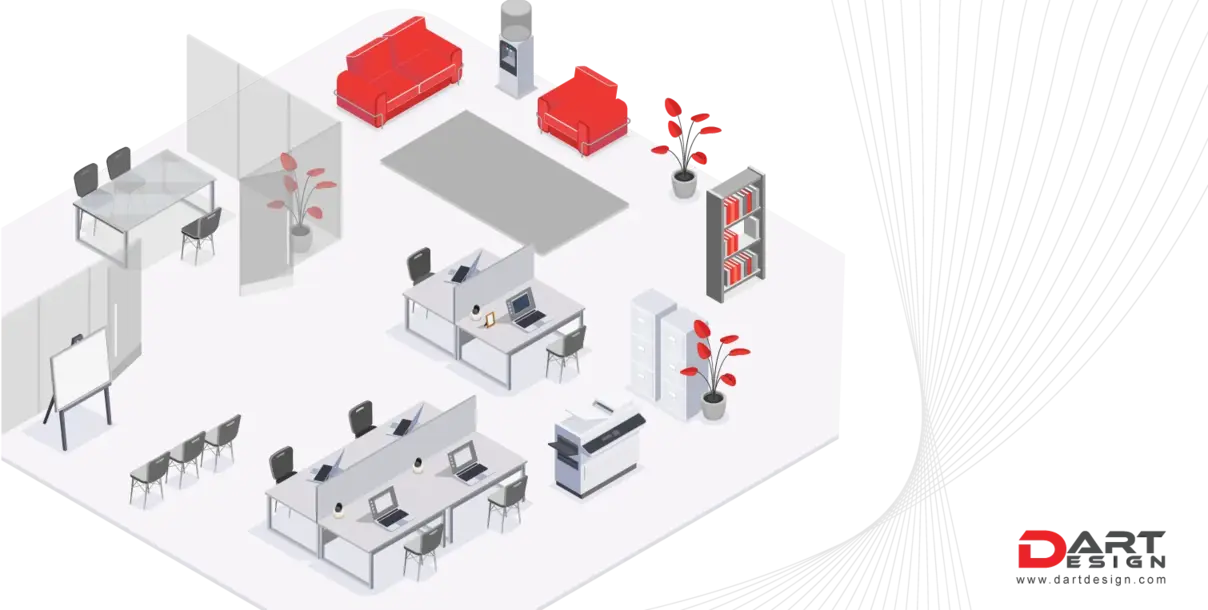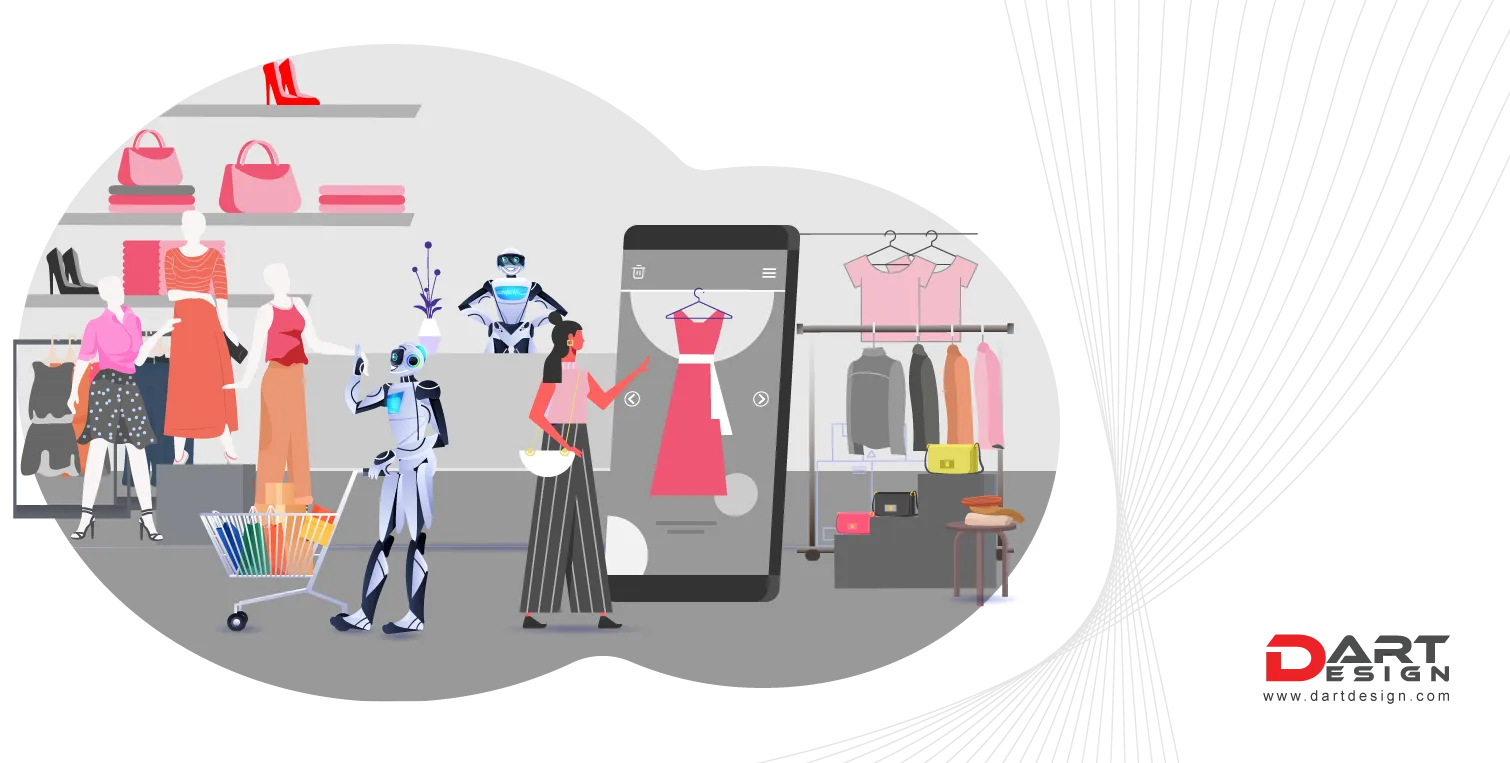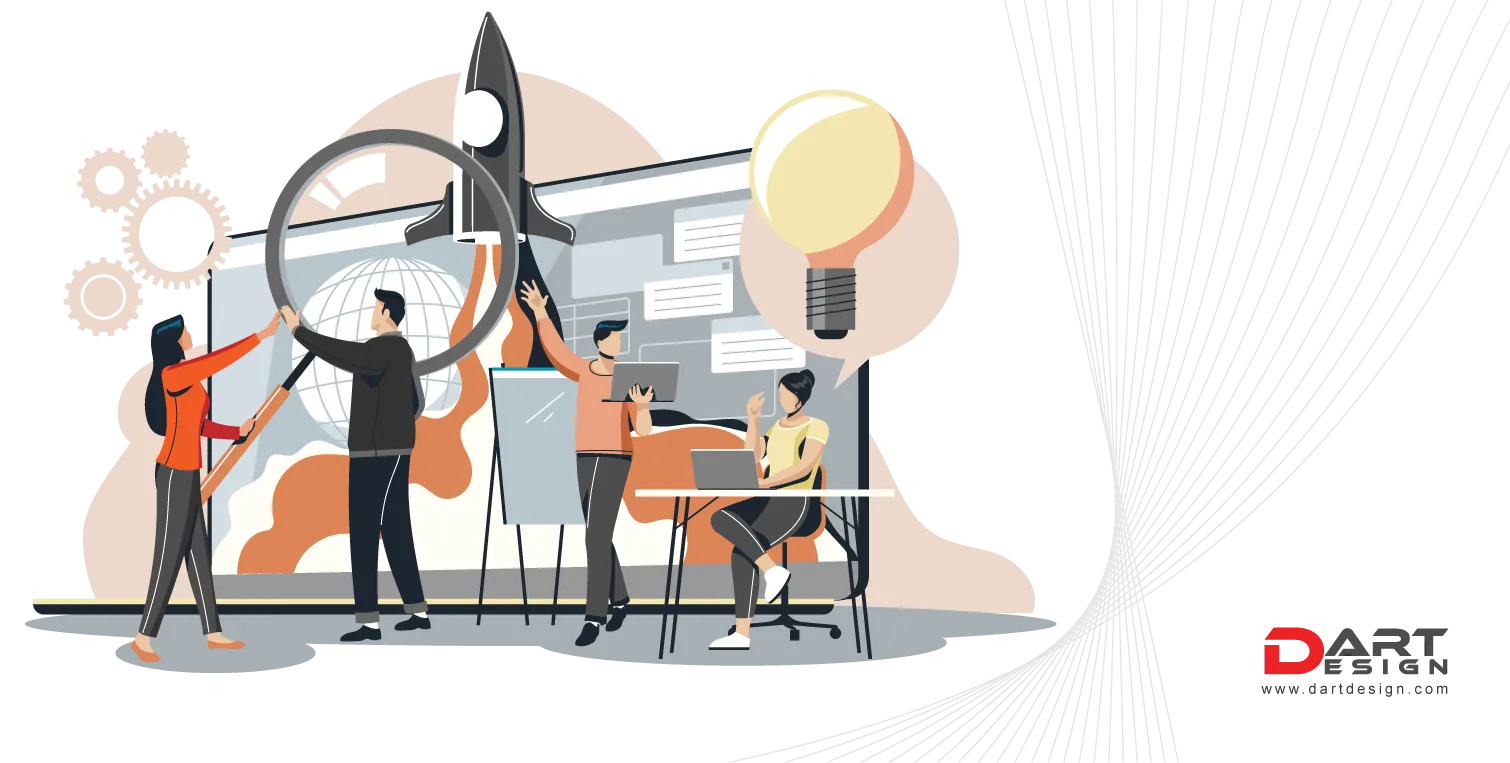This commercial space design category shifts from our usual repertoire of retail spaces to workplaces-every professional’s sanctum (not so much). There has been a diversification and fluidization of workspace definitions over the past few years. A global look at corporate structure shows that the pandemic has led to systemic change that has led professionals to speak up about where they want to work. What should it look like?
The ongoing discussion about how workplaces should function. What radically different methodologies would enable employers and employees to thrive simultaneously, and is there a transparent purpose to defining an actual win-win outcome for the entire organization? And there is a lot more to discuss on the subject of the workplace. But workplace design has grabbed our attention.
As a commercial space design agency, it is a no-brainer to focus on all the components circling public built environments. In the workplace, we should discuss the various routes to a corporate environment that essentially retains and attracts talent by creating a work environment that inspires and stimulates creativity.
The workplace environment has transitioned to appear similar to retail. Both are defined by the 2 Fs: Freedom and Flexibility. The pandemic wreaked havoc on people’s sanity. The brief moment of working from home gave people the luxury to work while being close to their comfort zone- their home & the people inside it. When people from the C-Suite call their teams back to the humble abode, their expectations differ.
It’s time to transform commercial spaces into Agile Workspaces. Since the tectonic shift in work patterns is becoming the new norm, the future of workspace design would & should have these elements aligned to it (if they expect to have more creative thinkers joining and staying in the force).
Welcoming the Standing Desk inside an Overflow Space
According to a report by Knight Frank, Standing Desks are becoming the industry norm. There is a growing trend of workplaces implementing standing desks for additional members. This is part of a broader health initiative to encourage employees to be more active and to stop sitting at a desk all day.
Collaboration spaces are essential
To eliminate the 9-5 work routine, there will be fleet areas and conference rooms for meetings. Breakout rooms to work together and socialize would be an essential piece of architecture. Creating a brainstorming room to connect with remote workers through tech-infused experiences would be advantageous.
The Hot Desk Concept
According to a survey concerning the concept of Agile Workspace Structure, more than 54% of respondents said they intend to increase hot desks and desk-sharing models as the workplace transitions to be more fluid. It would eventually lead to more efficient use of space and a restructuring of the rest of the environment. This would enable people to stay motivated, creatively refreshed, and mentally satisfied.
Introducing Mental Wellness Spaces
The concept of staying stuck in one corner of a desk could be discarded to attract and retain talent. Staying behind closed doors for almost 2.5 years has frustrated people emotionally, physically, and cognitively. Therefore, introducing unique spaces that promote mental wellness will be the norm in 2023 and beyond.




